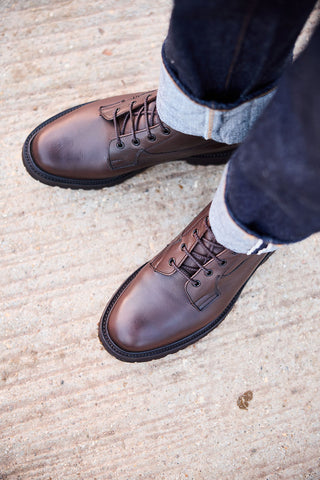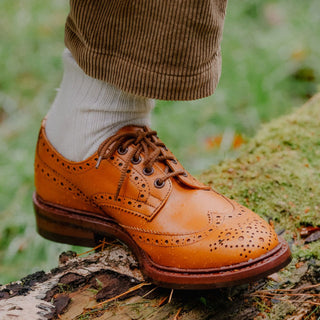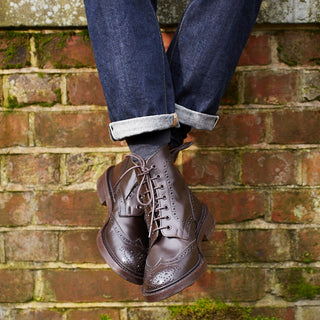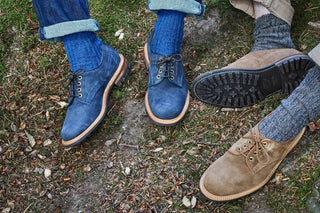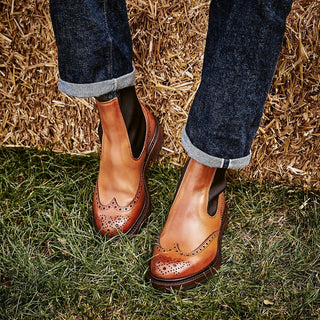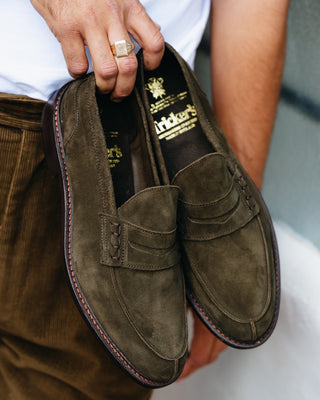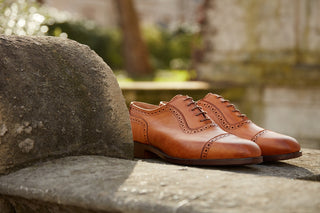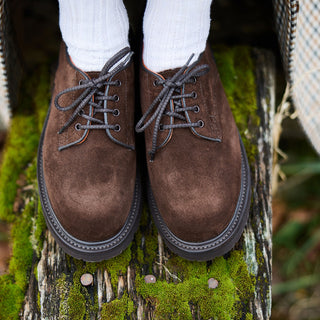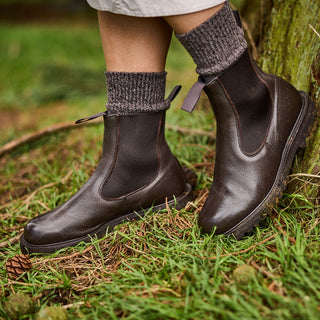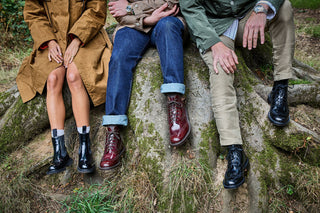
BUYING GUIDES
Our Styles
Handmade English Boots & Shoes
Tricker’s are authentic Northampton shoes crafted by those who live and breathe shoemaking in our factory in the old shoemaking district; you will not find more skilled craftspeople. Whilst the distinctive look of Tricker’s country shoes and boots are often imitated, they remain the originals, unrivalled in quality, style and character.
Complete Bespoke
Tricker’s bespoke shoes and boots have walked to all four corners of the Earth. In 1953, they even took Sir Edmund Hillary and Sherpa Tensing to the very top of the world.
Whilst bespoke is often thought of as a luxury, we also create footwear for those who simply cannot wear a conventional fit.

